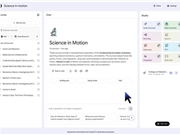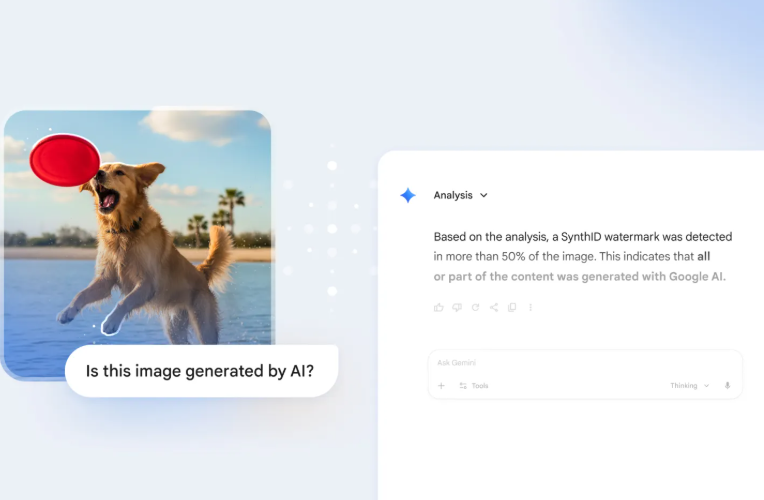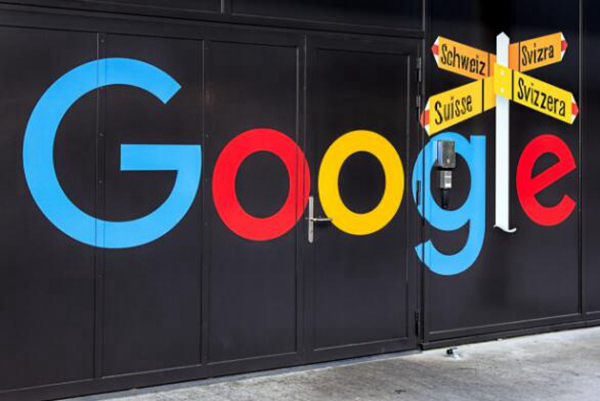On January 22, 2025, Google officially released an enhanced version of its Gemini 2.0 Flash Thinking reasoning model, reclaiming the top spot in the Chatbot Arena. This version's upgrades mainly focus on the ability to handle long contexts, supporting inputs of up to 1M tokens, providing users with deeper analytical capabilities when processing lengthy texts.
Jeff Dean, head of Google AI, stated at the launch event that this experimental update aims to improve the model's reliability and reduce contradictions between the thoughts generated by the model and the final answers. Gemini 2.0 Flash Thinking not only retains the advantages of the original version but also introduces enhanced reasoning capabilities based on thoughts, showing outstanding performance.

On a technical level, Gemini 2.0 Flash Thinking has achieved two major breakthroughs: first, it can handle long contexts of up to 1M tokens, which is crucial for complex multi-turn dialogues and reasoning processes; second, the model shows significant improvement in self-correction, maintaining coherence in conversations and flexibly applying previously accumulated information. This means that users can experience a more natural and consistent dialogue process when interacting with the model.

During a demonstration, Jeff Dean showcased how the model solves physics problems and explains the reasoning process, which was impressive. Moreover, participants reported that the actual experience with the latest model was even faster than what was demonstrated.
In addition to its long context handling capabilities, Gemini 2.0 Flash Thinking has also shown significant improvements in mathematical tests, scientific tests, and multimodal reasoning abilities, especially with a 54% increase in math performance. This series of excellent performances has generated great anticipation for the model's future.

Upon entering the interactive interface, users can access comprehensive model features on the "Google AI Studio" platform, including creating prompts, real-time conversations, and application development. Although the current interface's functions are somewhat scattered, Google plans to provide more detailed technical reports and user guides after the model's official release to enhance user experience.
Looking ahead, Google's development team is actively exploring the processing capabilities of 3D data, demonstrating their firm belief in continuous innovation. It is foreseeable that Google's next breakthrough in the AI field is on the horizon, warranting our continued attention.
Trial link: https://aistudio.google.com/prompts/new_chat








